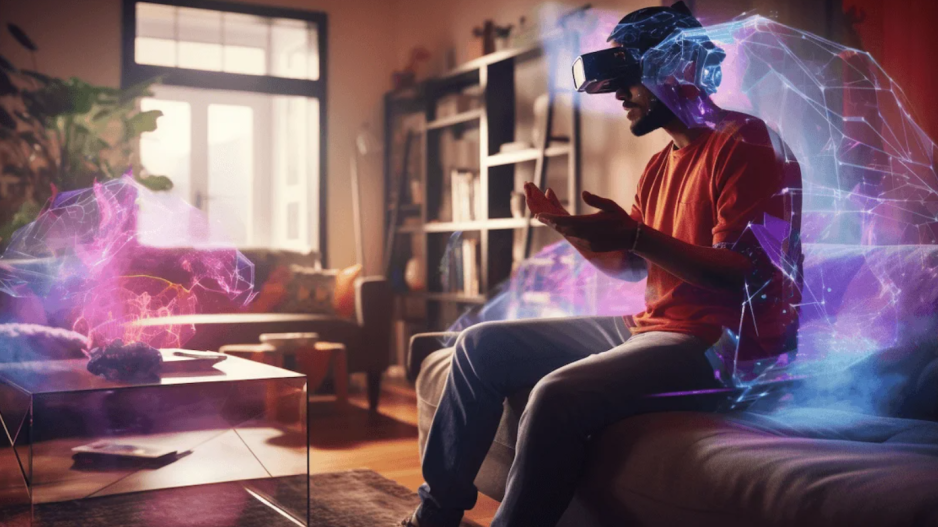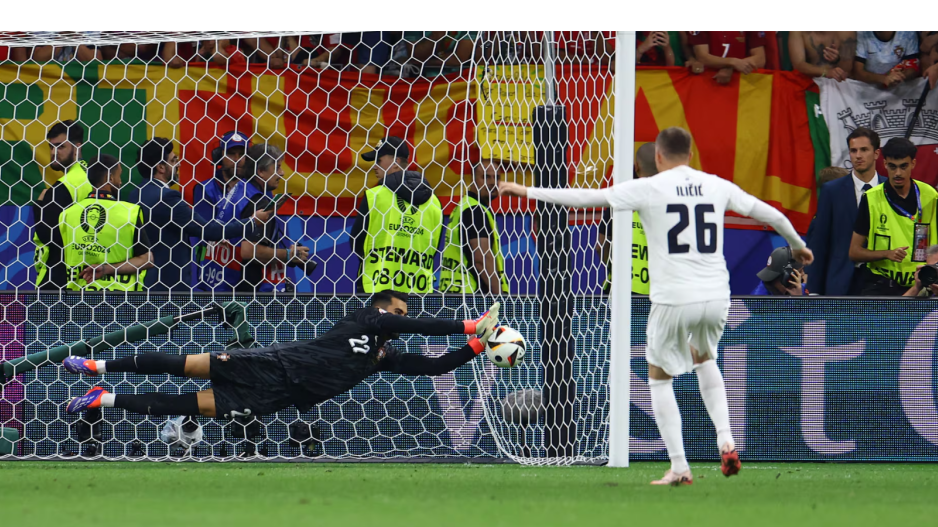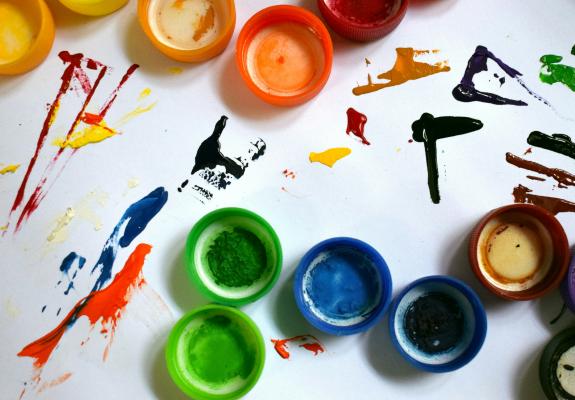Advanced Training Tool Enhances Penalty-Kick Accuracy by Over 30%
Swiss Neuroscientist Develops AR Technology to Improve Soccer Players' Sensory-Motor Skills
After Benjamin Verbic missed Slovenia's third consecutive penalty kick in the Euro 2024 second round shootout against Portugal, he described the process as a "lottery," echoing sentiments shared by many footballers.
All three of Slovenia's penalties were executed in the same manner, allowing Portuguese goalkeeper Diogo Costa to make three identical saves.
Swiss neuroscientist Jean-Pierre Breschiani believes that penalty kicks are not entirely a game of luck but something that can be improved through training. This includes the ability of the kicker to react faster when a goalkeeper moves first.
His research team at the University of Freiburg in Germany has designed an advanced yet portable training tool. They claim it can sharpen players' sensory-motor skills by 28% and could increase the likelihood of scoring a penalty by more than a third, based on their tests.
The team had professional players take penalty kicks on a regular field against a holographic goalkeeper whose appearance and movements mimic those of top goalkeepers.
Connected to augmented reality glasses, the software randomly assigns the penalty taker a target position. Just before the ball is struck, the goalkeeper starts moving to make a save, and the program instructs the penalty taker either to stick with their initial plan or to change direction and shoot the ball to the other side.

The system was tested on 13 young players aged 16-18 from Swiss clubs, including eight Swiss internationals. They conducted 10 training sessions of 20 penalties using the simulator.
All players significantly reduced their response times or sensory-motor thresholds, with the average reduction from 429 milliseconds to 309 milliseconds. This improvement, researchers say, could increase conversion rates by 35% if maintained through training.
"I know it works because we've measured it; it can be a very useful tool," Breschiani told Reuters, adding that an earlier, lab-based study involving about 100 players showed the same trend.
"What we improve is the brain's ability to use visual information about the goalkeeper to direct the shot faster and more effectively. The tool can't replicate the fatigue or psychological pressure of a penalty situation, but it could enhance players' readiness levels. The concept could be transferred to other areas of the field where quicker responses could change the game," Breschiani said.
Goalkeepers moving before the ball is struck is not new, but their decisions are increasingly informed by data analysis. Companies now provide teams with statistical insights into players' penalty techniques and preferences, delivered in real-time to coaching staff during matches, who can then update the goalkeeper if necessary.
Breschiani's team is thus trying to find a digital countermeasure to this technology that helps goalkeepers, aiming to reduce the likelihood of saves.






